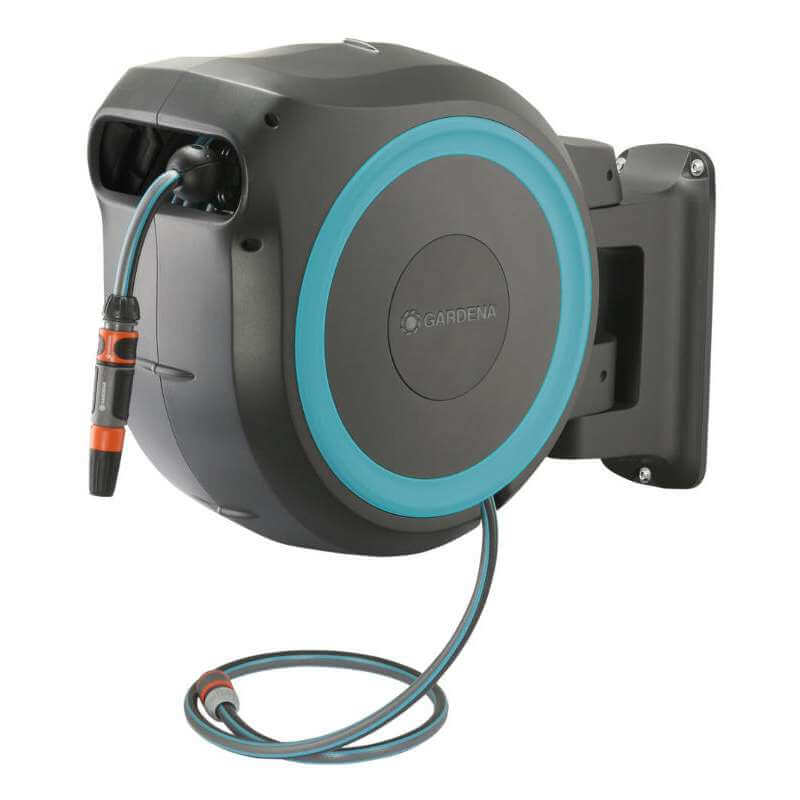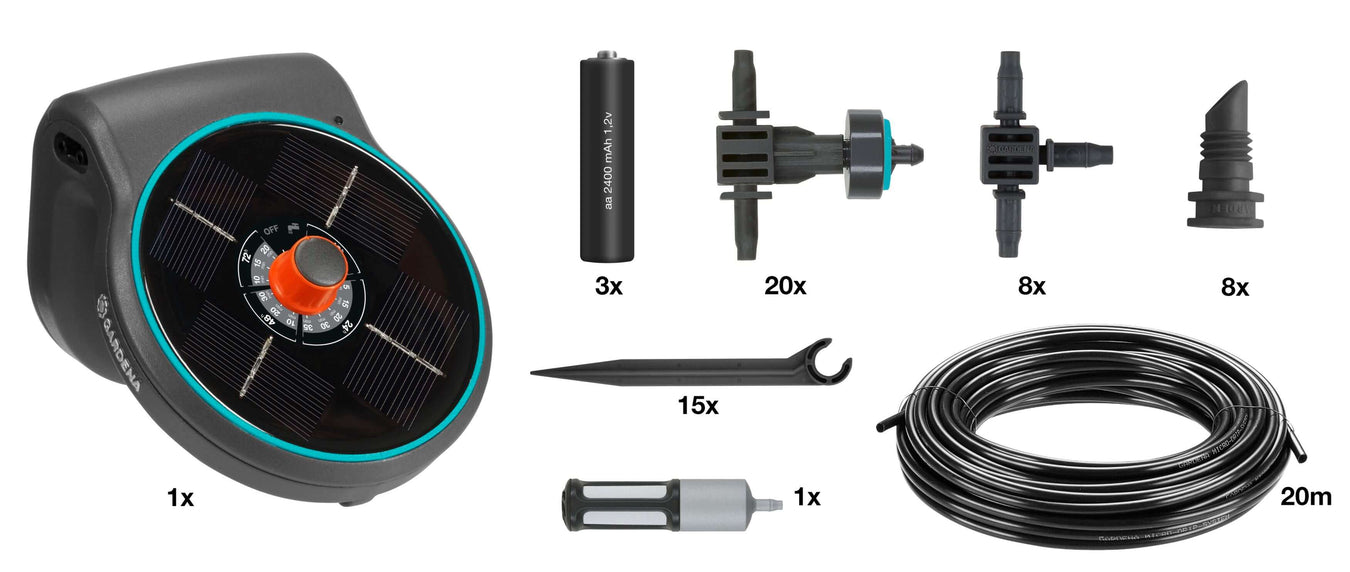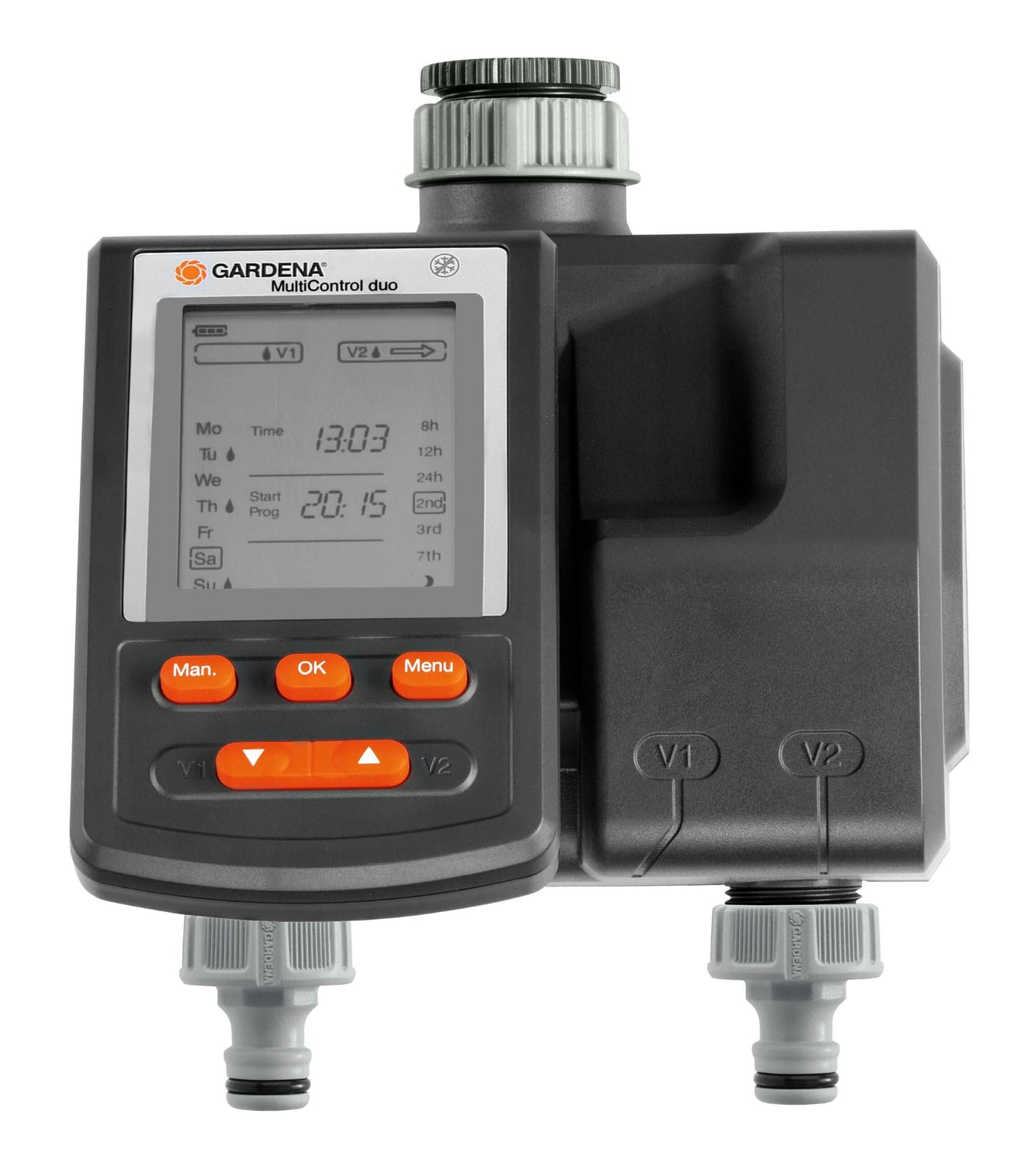
Should you have a wireless of wired robot mower installation?
If you're considering getting a robotic lawn mower, you'll need to choose between a wireless installation, where the mower uses GPS to map and navigate your garden, or a wired setup, where a physical wire is placed along the edges of the lawn to define the working area.
Benefits of Installing a Wireless Robot
- No Wire Breaks: Eliminates the risk and hassle of dealing with broken wires.
- Simplified Installation: Installation is more straightforward, especially when crossing paths or driveways.
- Enhanced Functionality: Allows for advanced features like cutting specific stripes or patterns.
- Easier Adjustments: Boundary adjustments are less intrusive since there's no need to dig up and move wires.
- Temporary Stay-Out Zones: Enables the use of temporary no-go areas without any physical modifications.
Disadvantages of a Wireless Robot Installation
- GPS Signal Quality: The performance can be affected by the quality of the GPS signal. Dense tree coverage can cause the robot to lose GPS signal and stop. Solutions are available, but we recommend consulting with a robotic specialist like us for advice.
- Challenges in Tight Areas: Mapping the boundaries in tight areas can be difficult.
- Reference Station Requirement: Depending on the brand, you will most likely need a reference station to be located on top of a building with a clear view of the sky. Bad positioning or a reference station will cause signal issues.
- Cost: Normally wireless robotic lawnmower set ups are more expensive.

Benefits of a Wired Robotic Lawn Mower Installation
- Established Track Record: Wired systems have been in use longer, offering proven performance and reliability over time.
- Cost-Effective: Often, wired systems are more affordable compared to advanced wireless models.
- Stable Performance: Wired systems tend to have fewer connectivity issues, leading to more reliable operation.
- Better Boundary Accuracy in Tight Areas: Provides precise boundary definition, especially in confined spaces.
Disadvantages of a Wired Installation
- Vulnerability to Wire Cuts: The most obvious drawback is that the boundary wire can be cut, which will stop the robotic lawn mower from working. Breaks in the wire can be caused by humans or animals. Thicker wire is available but breaks are still possible.
- Difficulty with Temporary Stay-Out Zones: Creating temporary stay-out zones for things like daffodils is harder and requires more manual work to adjust.
- Length Limitations: You are limited on the length of wire you can use for the boundary. This varies by brand, but typically around 800 meters is the maximum length before the signal strength may become insufficient.






